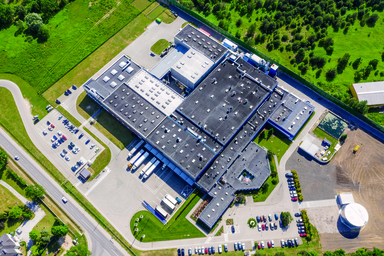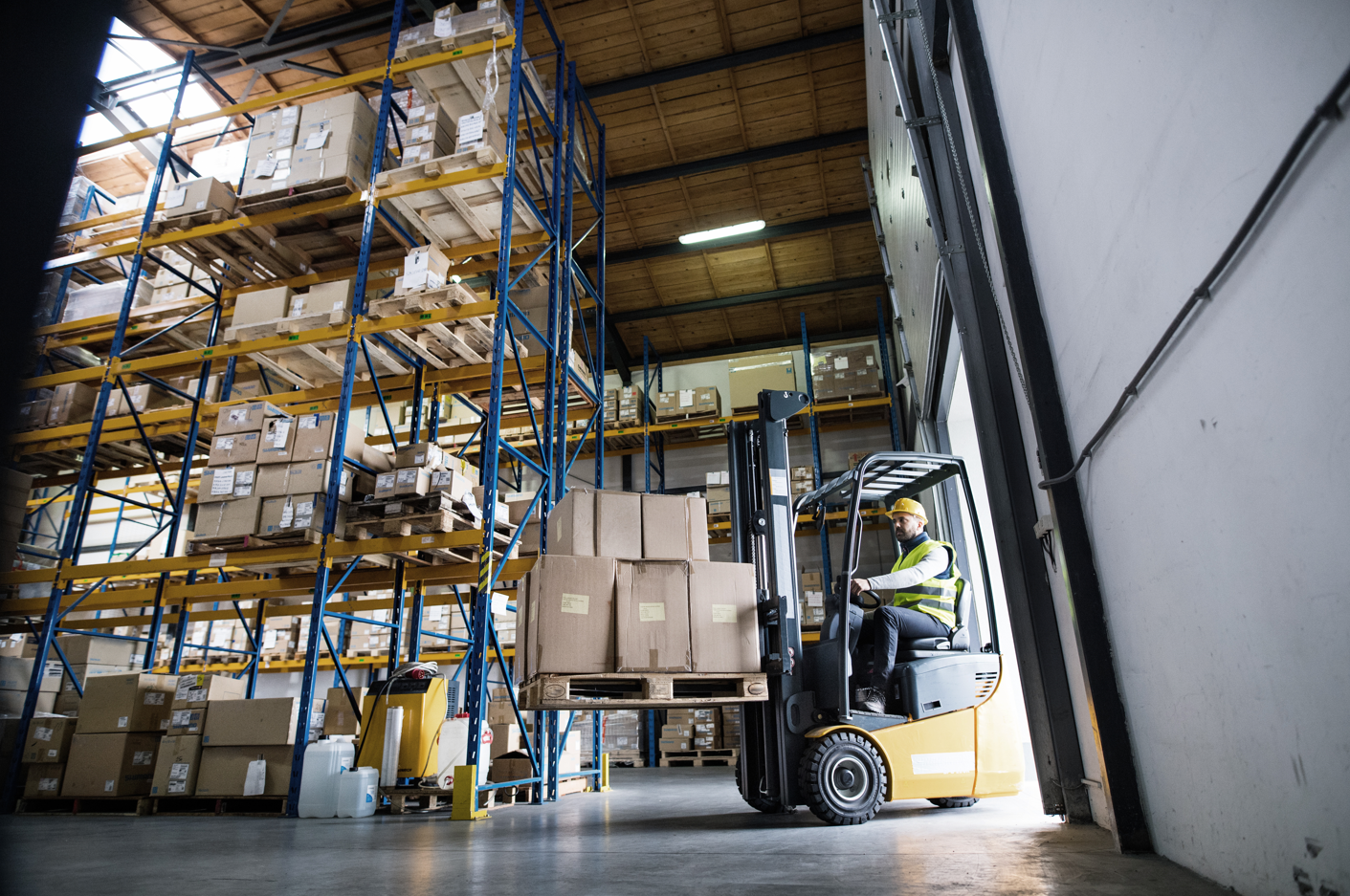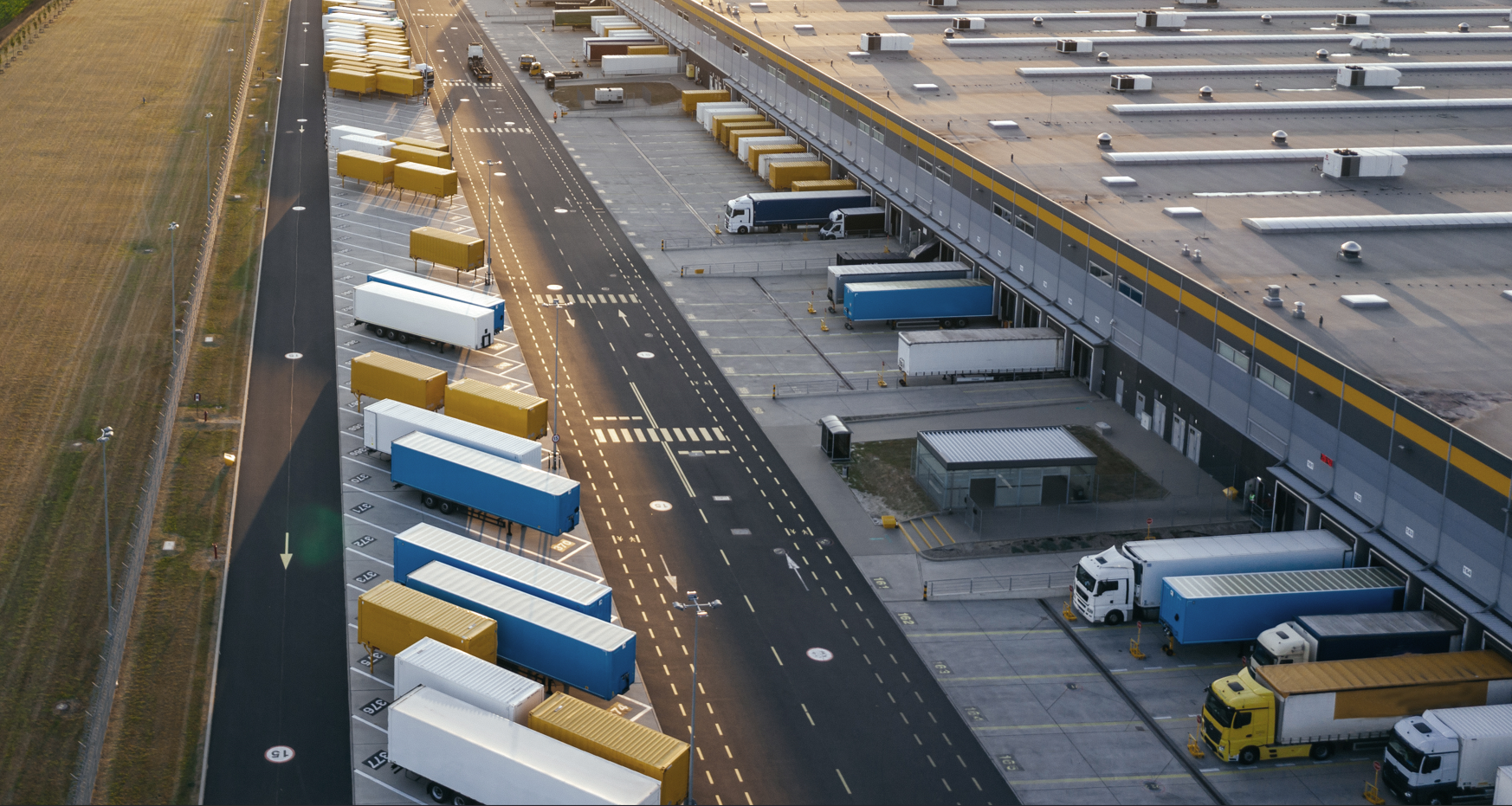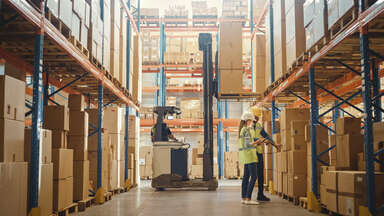
Industrial Real Estate: A Growing Trend in the Commercial Sector

The main drivers of recent growth have been automotive companies as well as traditional retailers
The term “industrial real estate” generally refers to warehouses, distribution centers, and logistics hubs essential for supply chain operations, though it can also encompass manufacturing, typically light manufacturing. The market growth for industrial real estate is also attributed to its adaptability. Unless it is a specialized warehouse, such as those for vaccines, medical supplies, or frozen foods, a facility can practically be used to store almost anything. Industrial properties can also be modified and leased for manufacturing or repurposed to allocate part of the space for services, such as packaging alcoholic beverages into holiday gift sets.
During the COVID-19 pandemic, demand for warehouses and distribution facilities surged with the exponential rise of e-commerce. However, demand also originates from another, more traditional segment of the retail market—brick-and-mortar stores. In Slovakia, recent years have seen the entry of new retail chains like the Dutch discount chain Action, and the expansion of local networks such as Terno and Kraj. The Polish supermarket Biedronka and its sister beauty retailer Hebe are also preparing to enter the market. These retailers require warehouses, particularly as Black Friday and the Christmas season approach. As early as September, warehouses for retailers and e-commerce companies like Alza, Allegro, Dráčik, and Nay are filling up to the brim to meet the demand of the holiday season. Demand structure is also reflected in data from the second quarter of 2024. According to the real estate consulting firm CBRE, new leases accounted for the largest share—40% of total leased space—followed by renegotiated contracts (38%) and expansions of existing agreements to include additional space (17%).
Although the retail and healthcare sectors are thriving, there is a strong demand for industrial facilities in Slovakia from automotive suppliers and manufacturers despite the global restructuring of this sector. For instance, in the industrial park of Valaliky in Eastern Slovakia, the car manufacturer Volvo is set to launch production, while at Voderady, facilities have been built for manufacturing electric vehicle batteries by the Slovak company InoBat. Additionally, a vast battery plant is planned for construction in Šurany by the Chinese company Gotion in collaboration with InoBat.
Investments in Industrial Real Estate
Investors are seeking stable and high-yielding assets, with industrial properties offering long-term stability and growing returns. As noted, substantial investments in industrial real estate are mainly observed in areas with high demand for logistics services. According to CBRE’s “CEE Investor Intentions Survey 2024,” investors are expected to focus primarily on industrial and logistics properties, which, from a pricing perspective, are among the two most stable sectors—the other being residential real estate (24%), followed by office (13%) and retail (11%). The least attractive sector for investment remains hotel properties (5%).

As many as 44% of investors in the Central and Eastern European region expressed to CBRE a preference for investing in industrial real estate. The largest share of investors (64%) plans to focus on modern logistics properties located in or near major capitals. Additionally, 16% of investors are interested in older properties within these regions. In Slovakia, the capital city of Bratislava and its surroundings serve as prime examples. Notable industrial parks include those in the eastern part of Bratislava, Senec, and Lozorno, as well as in Devínska Nová Ves and the industrial-technology park in Malacky. In terms of market distribution, the broader Bratislava region accounts for 45% of the industrial and logistics real estate market, with Western Slovakia adding another 28%. By contrast, Central Slovakia captures only a 16% share of the total area of these commercial properties.

"Based on the key indicators within this sector in Slovakia, investors' preferences are well-founded. The growth of the industrial real estate market can also be attributed to a persistently low vacancy rate. The shortage of available space and rising tenant demand have been catalysts for rental growth, which has now reached a stable level."
Owning industrial real estate typically ensures stable cash flow and low vacancy rates. However, investors are cautious about engaging in so-called speculative development—building warehouses without confirmed tenants. Investors and developers are currently facing challenges such as rising construction and maintenance costs, as well as evolving technological and environmental demands. Recent geopolitical developments and the threat of reciprocal trade sanctions between Asia and the European Union also impact material and solution prices. For instance, investments in eco-friendly solar panels have a much longer return period due to their higher costs.
High-Value Properties in Demand
Despite high input costs, industrial property owners are compelled to invest in sustainable solutions to make their warehouses and facilities more marketable. Industrial real estate investments are increasingly tied to the added value of buildings and sites, particularly those with prestigious environmental certifications. Virtually all major operators in the sector now meet BREEAM certification standards at various levels for new developments. In Slovakia, Lidl’s logistics center in Sereď is among the facilities awarded the highest BREEAM Outstanding rating, while in the Czech Republic, Sportisimo’s logistics center holds a similar certification.
Investors and developers are also contending with dwindling land availability, especially unencumbered plots suitable for development. This challenge is particularly evident in urban logistics, which holds significant potential but will need to build on underutilized urban spaces, such as former factories or abandoned neighborhoods, generally referred to as brownfields. Currently, over 250,000 square meters of industrial space for urban logistics is in various stages of preparation. Sustainability once again plays a central role, as urban warehouses are closer to customers, reducing the need for long-distance transportation.
Finally, investors and developers are increasingly concerned about rising energy and labor costs, particularly due to the shortage of skilled workers and general economic uncertainty. Labor availability and costs, especially for qualified personnel, have become key factors influencing location selection due to high inflation rates.

Looking for the ideal logistics, industrial space, or land for your business? Discover a wide range of available warehouses, facilities, and plots.

